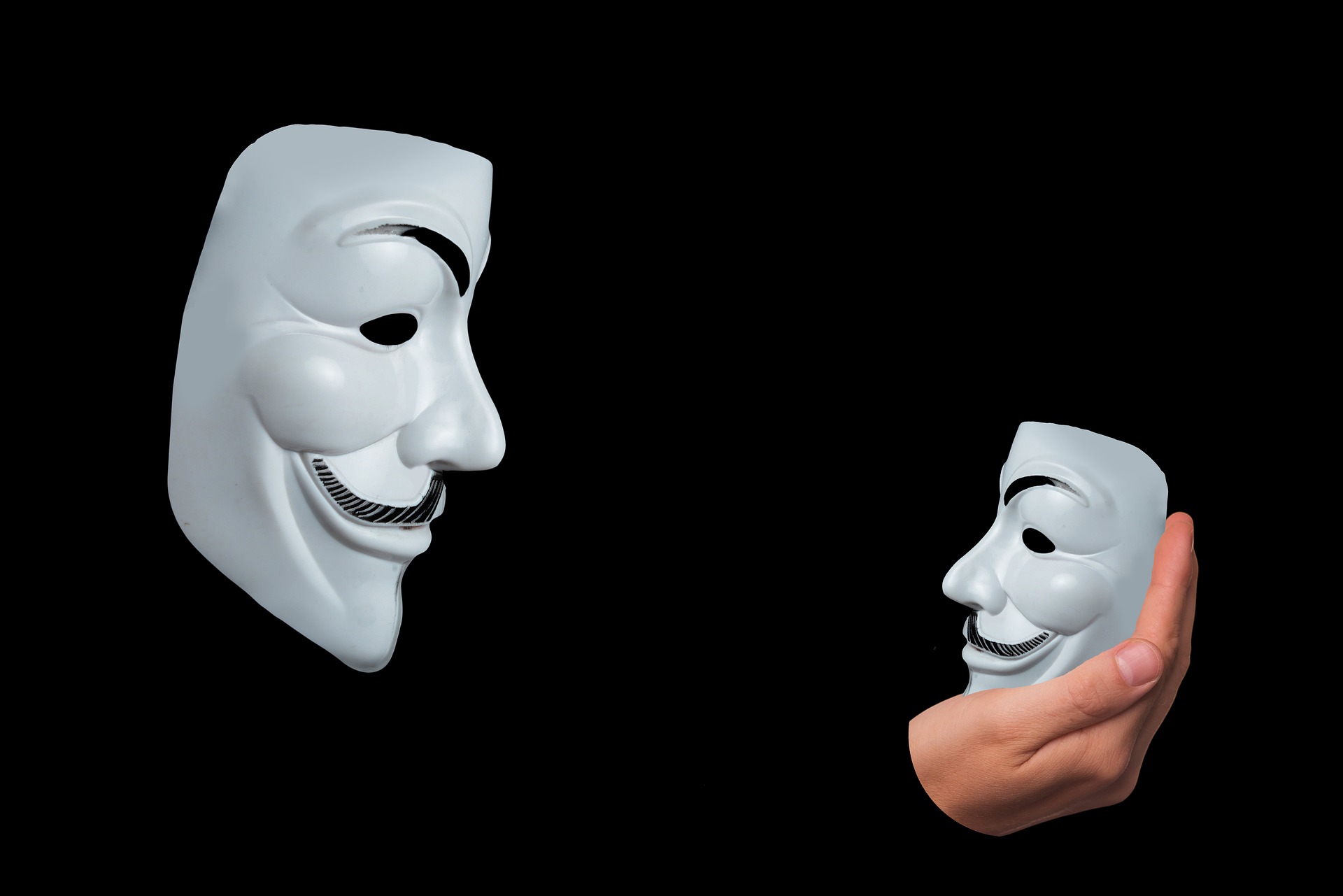
Dealing with PTSD & Trauma – An ongoing battle to heal one’s inner wounds.
“It is not what happened to us, but what we hold inside in the absence of an empathetic witness”
Peter A. Levine
The storm never knocks on our doors to enter; we never know when it’s coming. When it hits us, all we can do is try not to shake and shiver from the bruises and cuts it leaves. But, true pain is not caused by the storm that hits us, it’s caused by the toxic cycle of unwillingly reliving through the experience over and over again.
We all have faced storms in our life – surviving it was the first step, healing from it is the one we’ll be talking about today. All the survivors of trauma deserve a healthy life and much more. Trauma feels like a fracture in life; it’s difficult to walk through life with its weight clinging on to us and dragging us down.
Dealing with trauma requires us to take a break, heal our wounds, and give the required amount of love and care to our bruises. No one can change the past, no one can control it either, but we can learn to take control of our present, and heal from the wounds of our past.
Mental health expert Monica Das shares her insights on PTSD and Trauma in an interview with team Youth Aspiring and answers questions to divulge into the precipitating factors, symptoms, long term effects, and recovery from trauma.

Similar Post –
Dealing with PTSD & Trauma: How can we identify the symptoms of PTSD in its early stages?
PTSD or Post Traumatic Stress Disorder in its early stages can be identified by what the one experiences in their day-to-day life. Some of the most familiar symptoms include nightmares, sleep paralysis, reduced appetite, constant exhaustion, self loath, guilt, vivid flashbacks, excessive sweating, trembling, and nausea.
A person with PTSD might display emotional numbness and find it difficult to express their emotions to the surrounding people, growing a thick layer of impenetrable blandness around themselves, subconsciously, to seem unthreatened. They may also grow detached from their loved ones and try to shell into a safe space to avoid strenuous situations.
Moreover, they will also steer clear from forming new relationships and working in unfamiliar environments. The individual will also find it difficult to complete daily tasks such as – cooking, cleaning, driving to work, or studying.

Dealing with PTSD & Trauma: What Is The First Step To Deal With Trauma…
It is important to identify precipitating facts along with environmental factors that trigger anxiety, stress, or a break-down episode. A stable healthy environment and a robust support system are key requisites to ensure improvement in the patient. Furthermore, it is essential to ensure that one sticks to a healthy diet and gets enough sleep; unregulated sleep patterns disturb the respiratory system of the body and can lead to fatigue. Psychoeducation is the next step to concentrate on, once the patients’ sleep and diet have been regulated. The patient and his family members need to understand the sensitivity of the situation at hand and how to work on it.
Can PTSD, if not treated at an early stage, result in developing further mental health complications?
If trauma is left untreated it can further deteriorate the mental framework of the patient. Reliving the trauma, again and again, can cause severe anxiety and panic attacks. Furthermore, a patient is more susceptible to other mental illnesses if their trauma is left unresolved and unattended too. An individual becomes more prone to more severe mental health complications such as paranoia, schizophrenia, and intermitted explosive disorder. Neglect from family members and surrounding ones can further complicate the situation and can lead to the patient developing unresolved family issues. Adding to that, the patient can also become abusive and aggressive if they do not receive the necessary amount of support and empathy from their close circle. However, PTSD at a later stage is not completely untreatable; treating a patient who is in a more severe stage becomes harder, and the process becomes more difficult.
Similar Post –
How can family and loved ones influence the severity of PTSD positively and negatively?
Family and surroundings play a key role in determining the improvement or deterioration of the patient’s mental framework. Family and surrounding ones need to be open to therapy and possess basic knowledge of mental health and psychology. If family members are oblivious to the patient’s trauma and are unable to communicate to the patient properly, then there is a fair chance of the patient getting hurt or feeling uncared for and offended by their family members.
Surrounding ones need to be extra cautious while interacting and communicating with the patient. Mental and emotional support from the family members also plays a huge role in the patient’s mental dispossession; if for example, family members and acquaintances condemn or mocks the patient for behaving in a melancholy manner without knowing the cause, or criticize their personal choices and attribute their trauma to the patient’s decisions, then the patient enters into a toxic pattern of guilt and self-blame, On the other hand, support and empathy from their loved ones can help restructure the patient’s self-worth and instil confidence in them.
Understanding the patient’s suffering and giving them the space to heal and grow are key components that family members need to acknowledge; dealing with a patient who has been through trauma can be difficult for family members too, but it is not impossible. A patient will seek out reassurance and intimacy from the ones close to them, and their family plays a pivotal role in their improvement.
Professional advice to deal with PTSD and trauma.
When dealing with PTSD and trauma, it is always advised to consult a professional. Therapy helps the patient to open up in a non-judgmental environment so that they may receive support and move through their healing journey. Meditation, breathing and relaxation techniques help to de-stress and gain clarity of one’s thoughts, feelings and emotions. While consulting a therapist, it is essential to make sure that the wavelength and frequency of the therapist and patient match, so that the process of sharing and becomes easier.
Similar Posts –
DOMESTIC VIOLENCE DURING COVID: “THE SILENT PANDEMIC”. Click here to read the full article.
Tags: Dealing with PTSD & Trauma, Mental Health, Psychology, PTSD, PTSD & Trauma,










nice one
Looking forward for more such writings.
[…] WITH PTSD AND TRAUMA. Click here to read the full […]
[…] Work. Clean. Cook. Sleep. Exercise. These are just some of the activities millions of people perform every single day. And a lot of the time, these tasks can get out of hand and not help one take care of their mental and physical well-being. It can feel impossible to mark everything off of one’s to-do list, which is made worse if one is struggling with a mental health condition including depression, substance use disorder, and traumatic stress disorder. […]
[…] a traumatic event, something so scary and horrible that it has scarred you for life. Childhood trauma is very real, and it is high time, that a conversation is started about it. It is important to be […]